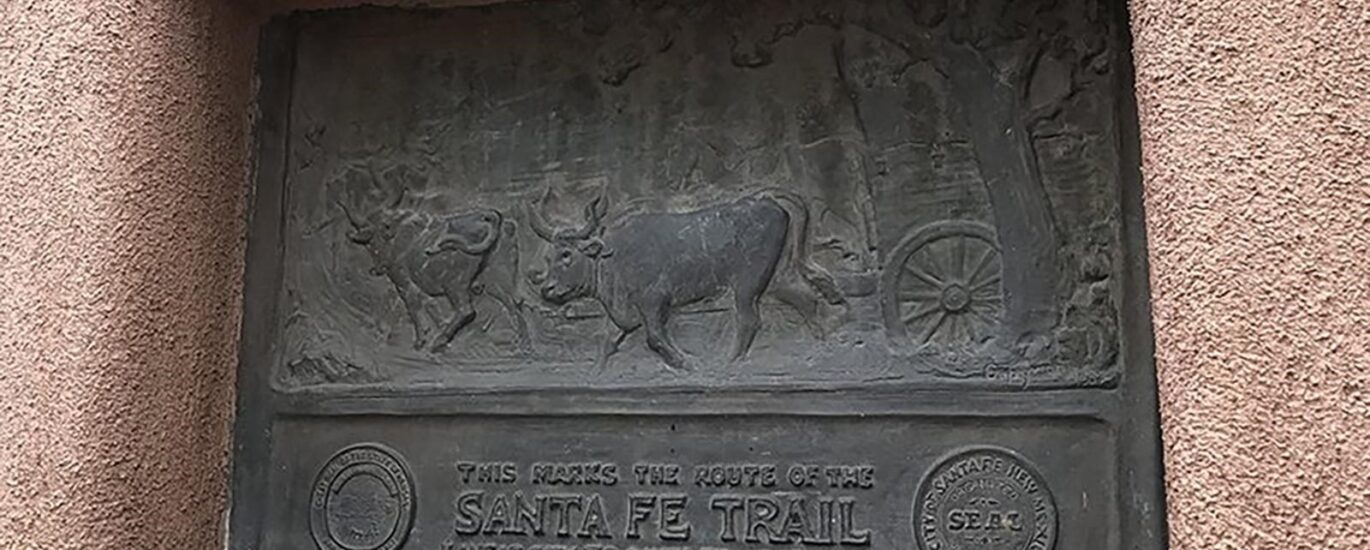Welcome to the Old Santa Fe Trail Historical Marker, a gateway to understanding one of the most significant trade routes in American history. Established in 1821 by William Becknell, the Santa Fe Trail was a vital commercial highway that connected Franklin, Missouri, to Santa Fe, New Mexico. It played a crucial role in the development of the American West and the expansion of the United States.
The trail spanned 900 miles, crossing the Great Plains and traversing five states. This route was more than just a path for traders; it was a melting pot of cultures and a meeting ground for diverse groups, including American settlers, Mexican traders, and Indigenous peoples. The trail’s existence was a catalyst for both cooperation and conflict. While it facilitated trade and cultural exchange, it also led to disputes over territory and resources, particularly with the Comanche and other Indigenous tribes.
One of the most notable figures associated with the Santa Fe Trail is William Becknell. Often called the ‘Father of the Santa Fe Trail,’ Becknell’s successful trading expedition in 1821 marked the beginning of the trail’s use as a commercial route. His journey opened up new economic opportunities and set the stage for others to follow.
The trail’s significance was further highlighted during the Mexican–American War in 1846 when it was used by the United States Army to invade New Mexico. After the war, the trail became even more integral as the U.S. sought to develop and settle the newly acquired territories.
The Santa Fe Trail was eventually overshadowed by the arrival of the railroad in 1880, which provided a more efficient means of transportation. However, the legacy of the trail endures, commemorated today by the Santa Fe National Historic Trail, managed by the National Park Service.
As you stand here, imagine the bustling activity of traders and travelers who once navigated this route, overcoming harsh conditions and forging connections that would shape the future of the American West.






